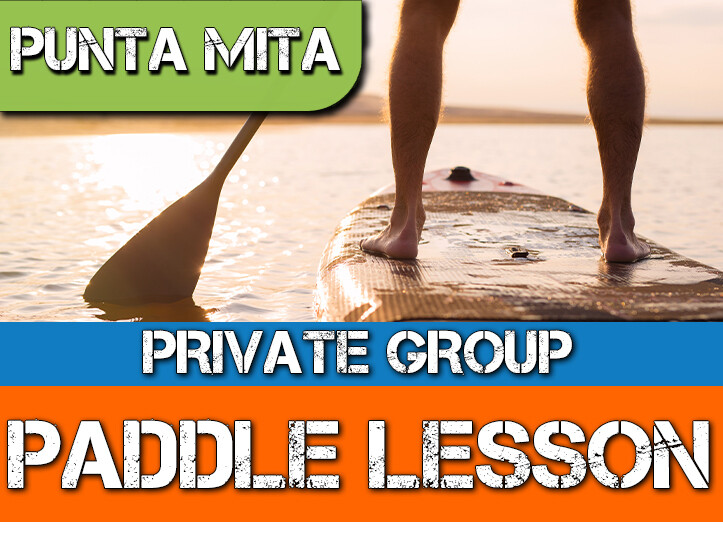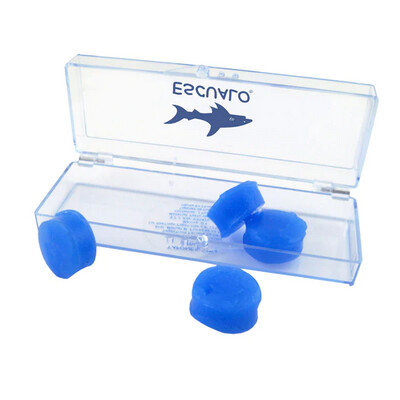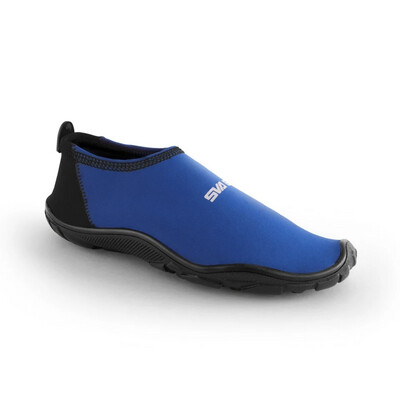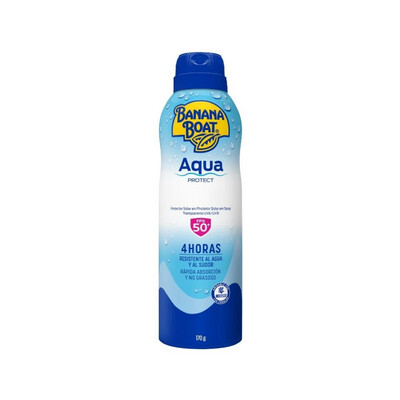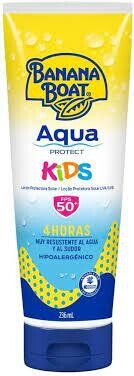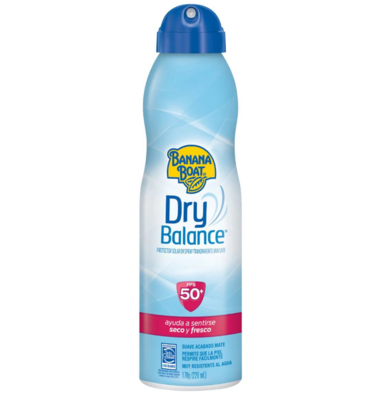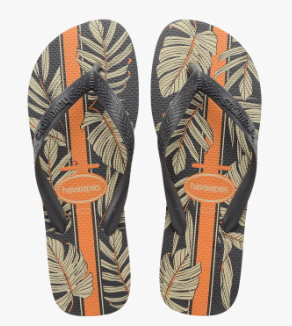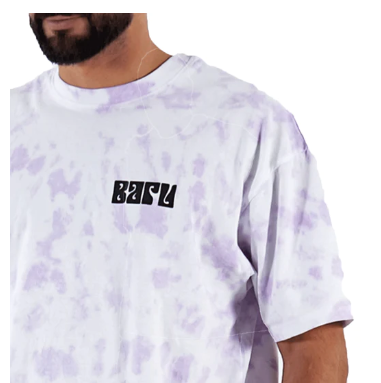PUNTA MITA PADDLE BOARD LESSONS PRIVATE GROUP
PUNTA MITA PADDLE BOARD LESSONS
PRIVATE GROUP
*2 people minimum (*price per person)
If departing from Sayulita, the meeting time will be 45 min before the lesson starts. i.e Surf lesson at 8:30 am. Meeting time at Sayulita 7: 45 am
This is a perfect sport for enjoying the ocean and getting a great workout at the same time. This is an excellent trip for all ages wanting to have a beautiful morning and a great workout.
The sport of paddleboarding has gained popularity in recent years
Standup paddleboarding or SUP in English is a water sport born from surfing with modern roots in Hawaii. Stand-up paddle boarders stand on boards that float on the water and use a paddle to propel themselves through the water. The sport was documented in a 2013 report that identified it as the outdoor sporting activity with the most first-time participants in the United States that year. Variations include flatwater paddling, racing, surfing, whitewater SUP, yoga, and fishing.
Paddleboard can be practiced right here at various points along the bay safely, you can rent with us all the necessary equipment to practice paddleboard safely and one of our advantages is the schedule so you can take advantage of it. these schedules to do it at the time that suits you best.
| What's Included | What to Bring |
|
☑ Paddle Board Rental |
Sunblock |
Activity Location
Meeting Locations
WILDMEX PUNTA MITA |
|
|
WILDMEX SAYULITA |
|
|
SAN FRANCISCO |
|
|

